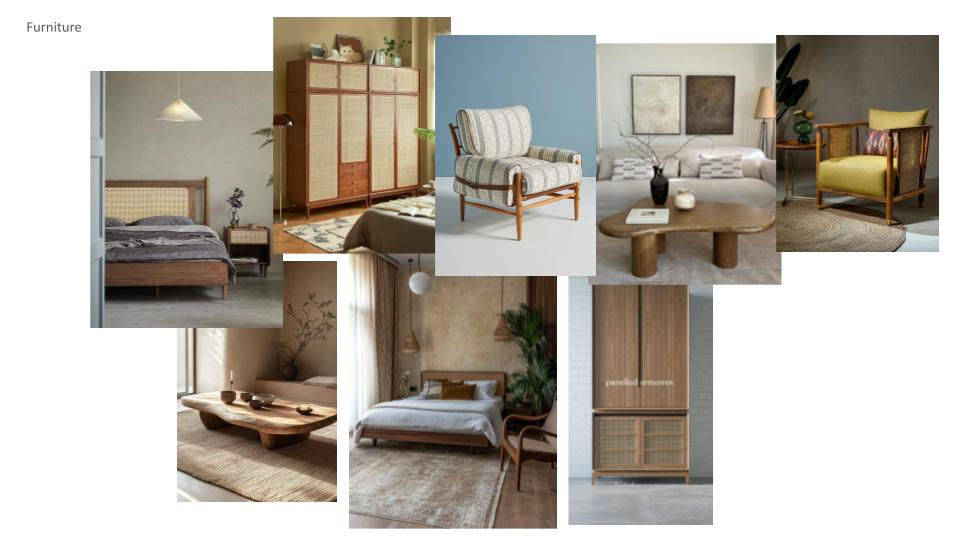Urban Information and GIS
- Shreeraj Narwade
- Jul 28, 2023
- 3 min read
Written by: Abhikit Ekbote
-Shreeraj Narwade
To get started, We were introduced to QGIS, an open-source GIS software that helped us map, and do an extensive analysis of our site in Aarey Milk Colony. We extracted contours, located streams and basins, calculated slopes, etc. We were able to geolocate our pictures taken on site to the digital map, with directions. On site, we collected ODK data of all trees, including their names in regional and scientific languages, their height, girth, and foliage. We even included pictures of the bark, leaves, and overall tree for our surveying. To understand the overall context, site visits helped us a lot. The site visits aided us in analysis of the topography, ground conditions and slopes. Thus, letting us know the potential spaces where we can intervene, considering the context.
All these studies and observations led us to 3 main ideas and concepts that were developed using these studies. The three main concepts developed are Trails, Pavilions and Botanical Garden.
Trails: We started with the concept of Trails, envisioning them as nodes of engagement within the larger forest ecosystem. The Trails concept was an interplay of nodes, pathways, and modular elements that transformed the site into a space for pausing, learning, and creating. A significant aspect of this design approach was our decision to repurpose existing structures in usable condition to house various programs. The creation of a cafeteria on the north side of the site was a prime example of this adaptive reuse, offering an anchor point for our design. As we further conceptualized the modular shops, the idea of modularity and temporality became central, allowing spaces to adapt to usage.
Pavilions: Our architectural approach revolved around the concept of Pavilions, elevated platforms inspired by the organic form of trees. Each platform module formed a network of pathways, generating different scales of courtyards. The brilliance of this design lay in its capacity to elevate the sensory experience, while also allowing the natural environment to thrive beneath it. The growth of tree roots and the passage of animals were crucial considerations as we seamlessly integrated architecture with nature.
Botanical Gardens: In our quest to embrace the community's role, we envisioned a Botanical Garden extension to the existing nursery. This space had been lovingly cared for by local residents, who had devised intricate systems for water management and the conservation of the rich flora and fauna. The Botanical Garden became an interactive hub, attracting visitors and offering a soothing escape from the urban chaos. Our strategic placement of shops along the main road bolstered economic prospects, enhancing footfall and opportunities for vendors and owners.
Our project unfolds in two distinct phases. Phase 1 involves the construction of essential elements, such as a cafeteria, kitchen, administrative space, and toilets, meticulously designed to meet programmatic requirements. This initial phase will set the foundation for the project's further development. Phase 2 encompasses the creation of a resource centre, shops, and a greenhouse. These additions not only will enrich the visitor experience but also contribute to the project's financial sustainability. The resources generated will be earmarked for the creation of training centres, workshop spaces, and additional trails with pause points, thereby elevating the immersive forest experience.
In summary, our design project will exemplify how architectural innovation can harmonize with the environment, align with community values, and transform a space into an oasis of sustainability and tranquillity. We're thrilled to have been a part of this specialization course and look forward to seeing the project build further.









Comments